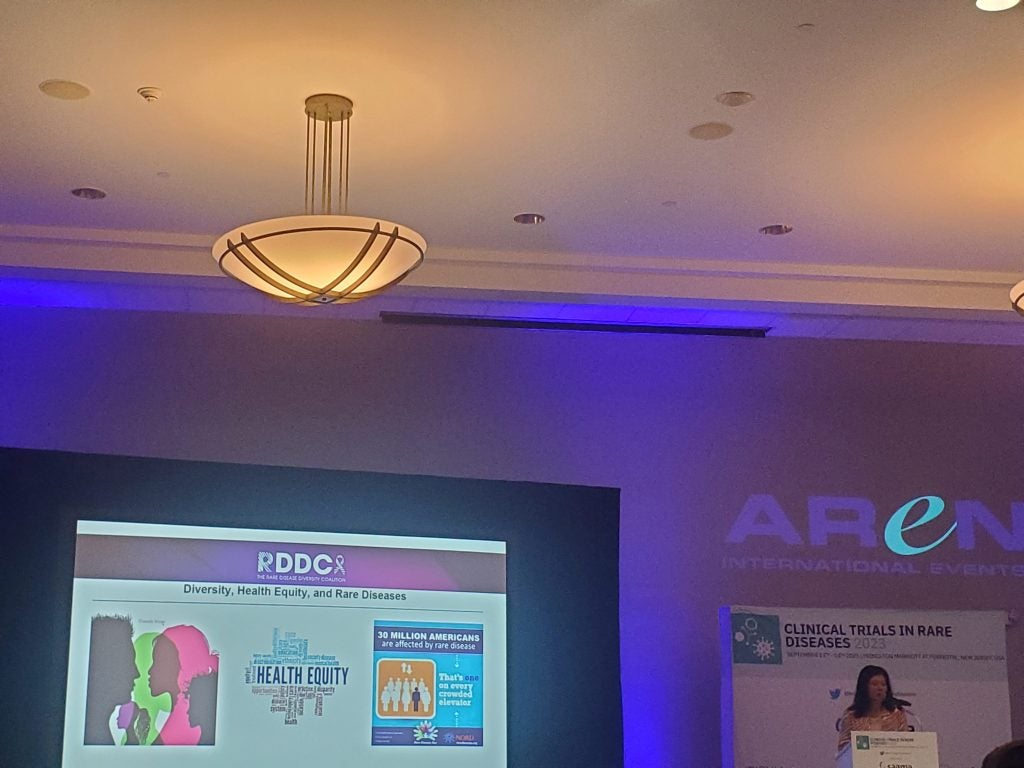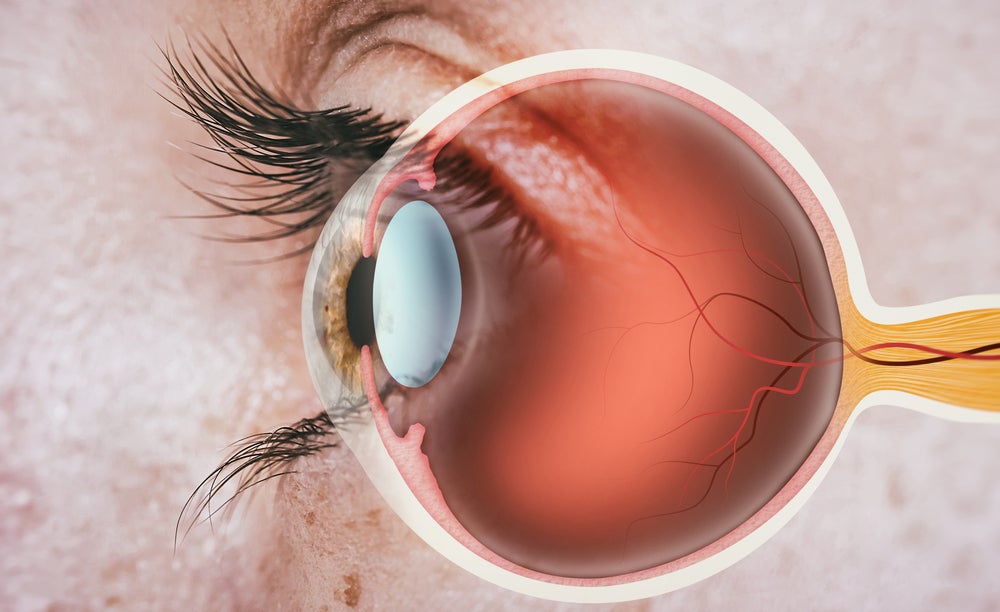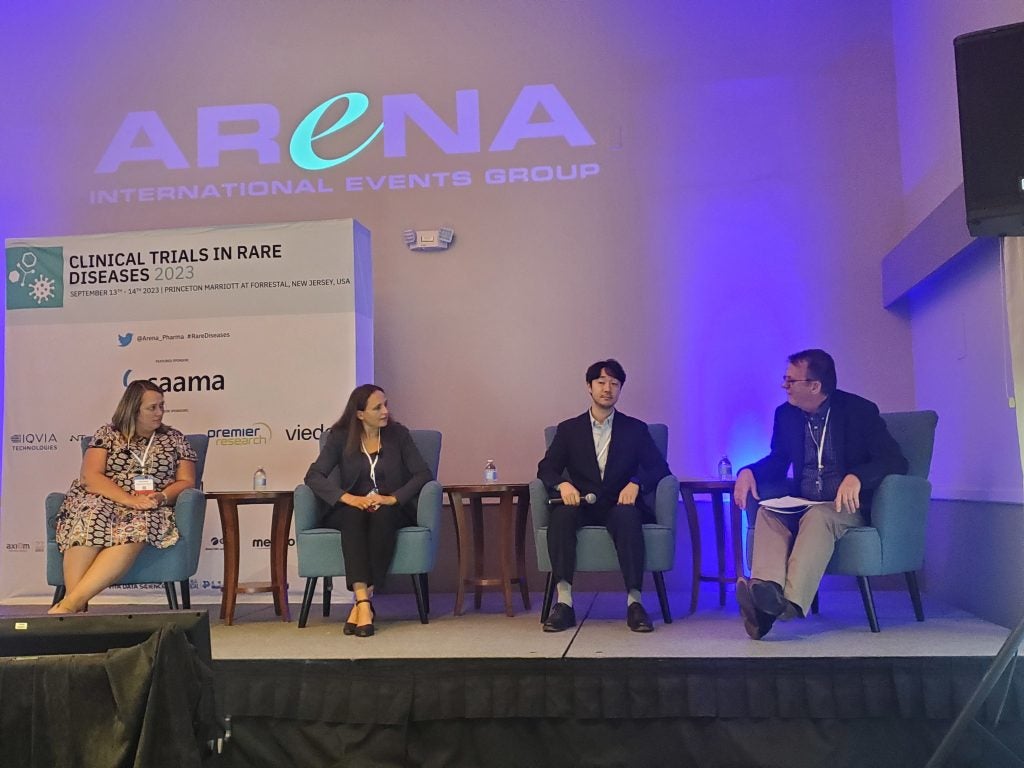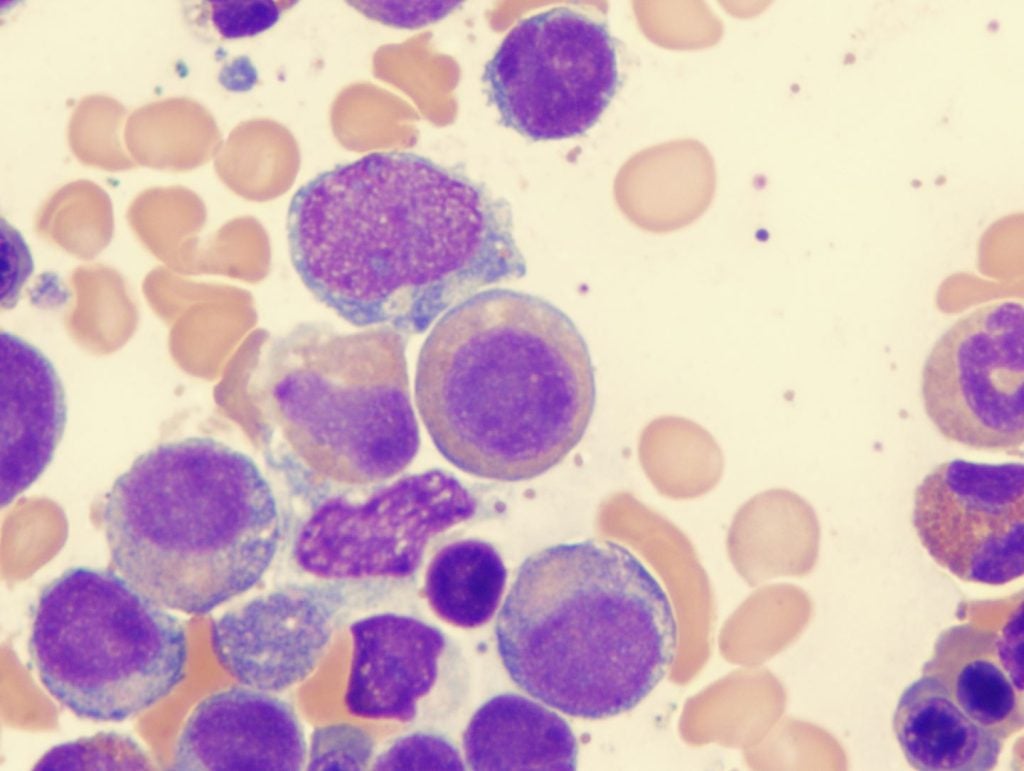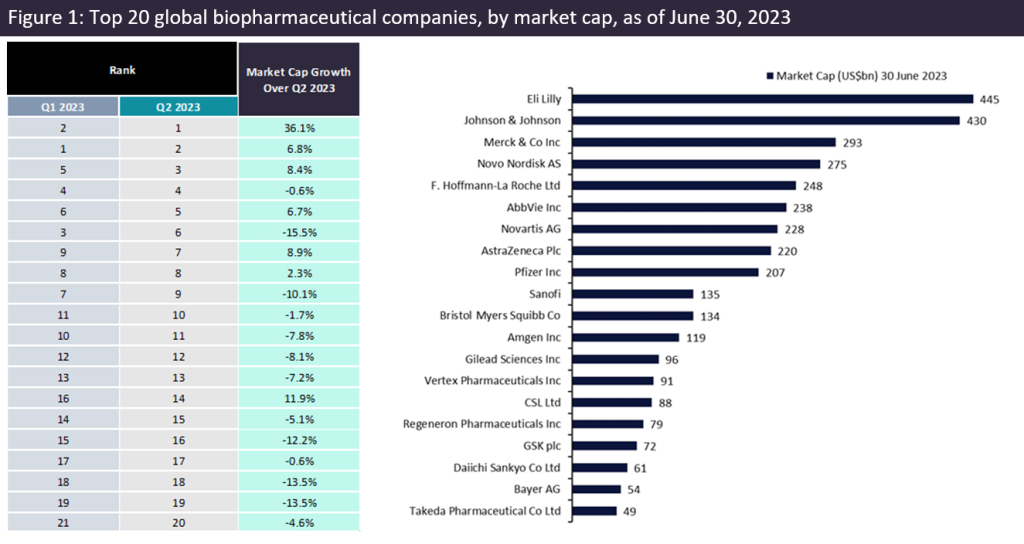Rare disease clinical research is no longer an afterthought for pharmaceutical companies with rapid approvals and increased investment in this space. But conducting trials for conditions that affect relatively few patients still remains challenging compared to conventional ones.
The journey that rare disease patients take to find care greatly differs from those who have common diseases like hypertension, said Jay Russak, senior director, Clinical operations, at the biotech Keros Therapeutics. The company is developing rare disease drugs currently in Phase I and Phase II studies. On average, it takes seven years to get a diagnosis in the rare disease community, he added. Russak said the question then becomes, “how do we identify patients who are lost in the system”.
Last week, at the Clinical Trials in Rare Diseases 2023 conference in Princeton, New Jersey, patient advocates, clinical investigators and biotech representatives gathered to discuss factors influencing clinical research in rare diseases. Primary amongst them was the difficulty in identifying patients with rare diseases.
Firstly, patients need to be asked. Often, marginalised groups do not participate in clinical trials not only because of mistrust due to historical events like the Henrietta Lacks case, but also because they are not asked, said Jenifer Ngo Waldrop, executive director of the nonprofit Rare Disease Diversity Coalition.
Having a diversity plan in the beginning is not useful only from an economic perspective, but also ensures that companies get it right in the beginning and don’t need to go back, said Waldrop.
At the same time, there was an understanding that in some situations, especially with ultra-rare disorders where there are less than 200,000 known people with that condition, it can be difficult to enrol diverse populations. Still, Waldrop argued that if epidemiology data indicates that the condition affects people regardless of race or other factors, there is a case to be made to spend more time trying to reach more folks from underserved populations.
Russak also emphasised the need to take a multi-disciplinary approach and consider different perspectives on how patients navigate their diagnoses. It is not enough to only engage with physicians, it is important to talk to site coordinators who are most often the ones to understand a particular patient’s case.
Social media is another popular way for patients to find clinical trials, and vice versa. But having a policy in place beforehand on the frequency of posts or engagement with comments etc, would be key, Russak added.
While there was a lot of enthusiasm for using artificial intelligence (AI) models in clinical trial recruitment amongst participants at the conference, most efforts still seemed early. Still, even though he was skeptical earlier of whether AI or machine learning could be used to find patients using claims data, and electronic medical records, Russak said he has seen it work. But it can depend on the exact rare disease, and also privacy rules like General Data Protection Regulation (GDPR) , he added.
According to the US National Institutes of Health (NIH), more than 80% of trials fail to meet trial recruitment goals, said Julie Breneiser, executive director of the non-profit Gorlin Syndrome Alliance. Things like regular meetings with advocacy groups, patient listening sessions, logistical support for things like consolidating medical records— thereby taking the burden off patients, can help encourage patients to participate. However, Breneiser noted the eventual cost of drugs that come from these trials are also a factor. She said patients with rare disorders want to participate in trials; “we do it for ourselves, for affected people, particularly kids, and for the greater good. But if the trial is done, and we can’t afford the drug, it is devastating. Patients think why tease themselves with something that works and then not be able to afford it.”


